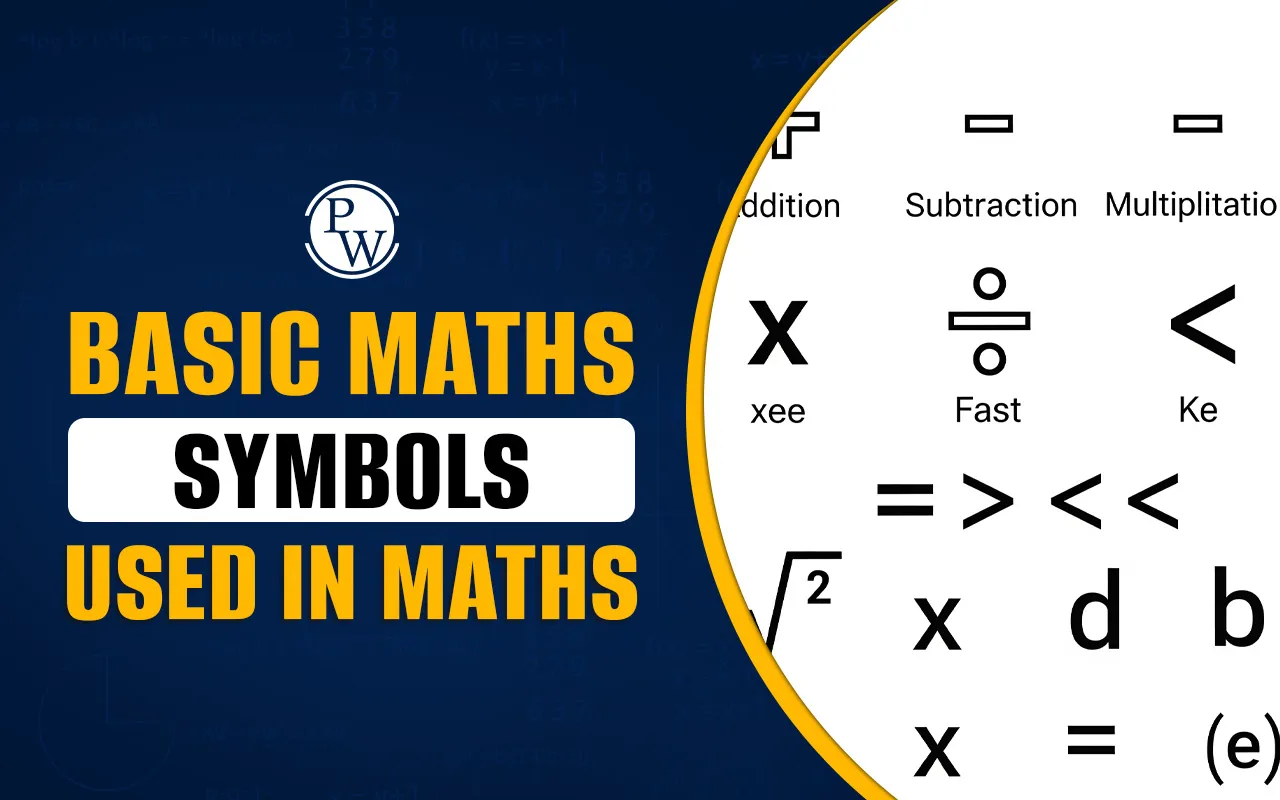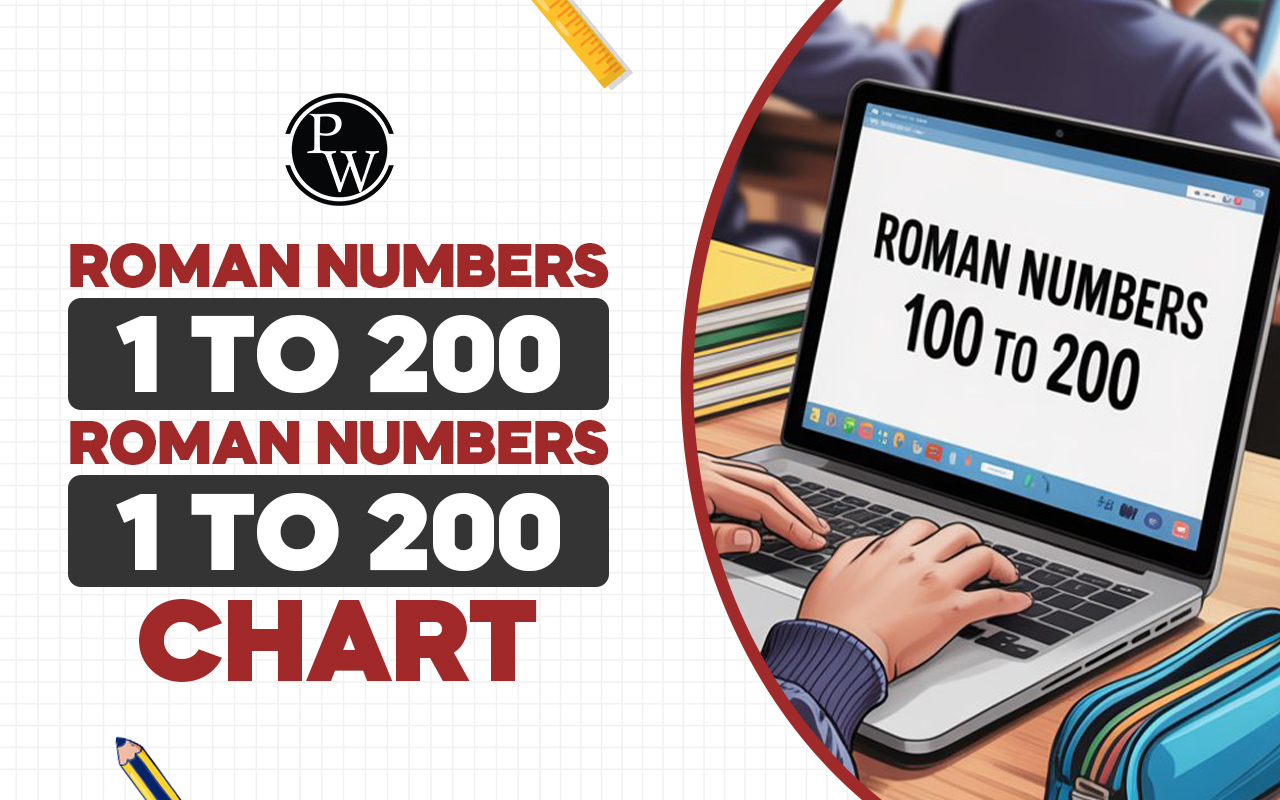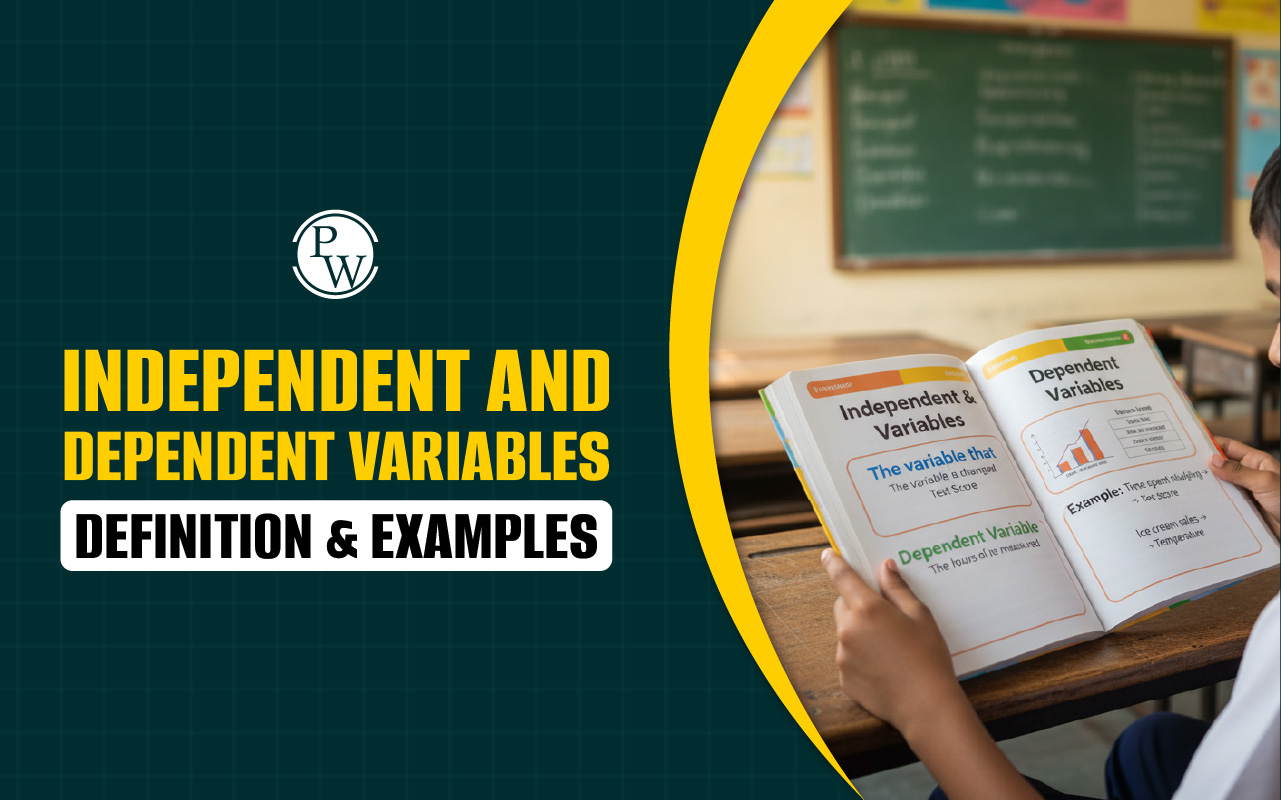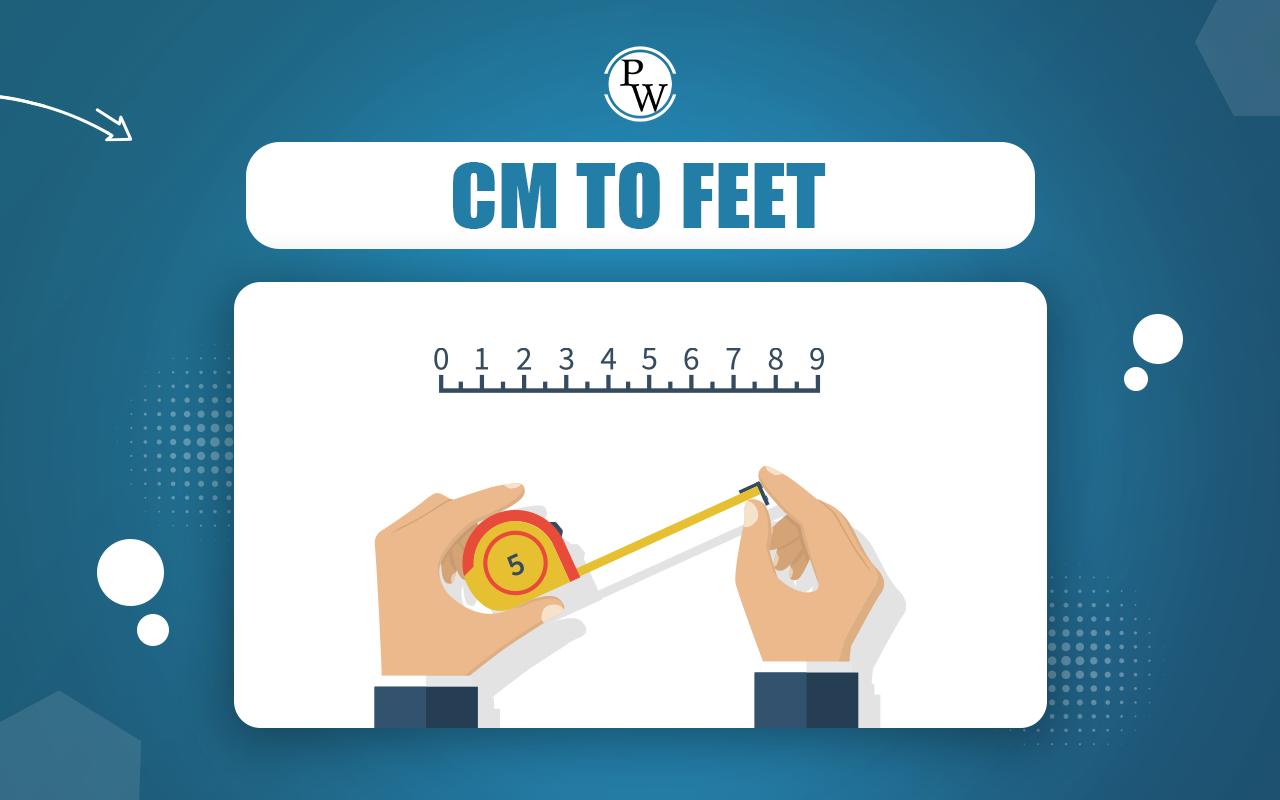

Addition and Subtraction of Decimals: Compared to operations on natural numbers, adding and subtracting decimals is a little more complicated. Let's first review decimals before learning how to add or subtract any two or more supplied decimals.
Compared to whole numbers or integers, decimal numbers are used to express numbers more precisely. It employs what is known as a decimal point—a dot—between numerals. The reduced form of fractions is what decimals are. Check out these decimal fraction-based problems. For instance, dividing three pies among four children cannot be done just using integers because each child has been given pies that fall between 0 and 1. The decimal notion was established to address other related issues. As a result, the concepts of decimal addition, multiplication, division, and subtraction are crucial. Let's imagine two pals are helping to pay Rs. 20 for a cricket ball. Their respective amounts are Rs. 7.50 and Rs. 18.50. They must comprehend the idea of addition and subtraction of decimals in order to determine how much money they will have to contribute and how much they will have left over.What is Addition and Subtraction of Decimals?
The standard addition and subtraction rules apply when adding and subtracting decimals. The decimal positions that follow the decimal point are the only things that need to be considered. Before and after the decimal point, the numbers must be written in columns based on their place values. According to the decimal place value chart, place values that come before the decimal point begin with ones, tens, hundreds, and so forth. On the other hand, place values that come after the decimal point begin with tenths, then hundredths, and so forth. Let's use the addition of the decimal numbers described in the next section to better grasp this.Addition of Decimals
Numbers can be added, subtracted, multiplied, and divided, as is well known. However, natural numbers make it simple to carry out all of these kinds of operations. There is a particular method for adding decimals. There are multiple steps involved in adding decimals.How to Add Decimals?
The following procedures are used to add decimals:Step 1: Depending on how many digits there are after the decimal for every given integer, the numbers are initially padded with zero.
For instance, the padding is done in accordance with 3.456 when adding 3.456 to 7.1 because 3.456 contains more digits after the decimal. We pad two zeros after one since 3.456 has three digits after the decimal. 7.1 to three places, then, equals 7.100. Step 2: The numbers are lined up vertically along with each other as given in the below figure. Step 3:
Finally, add the decimal numbers similar to integers and place the decimal point accordingly.
Step 3:
Finally, add the decimal numbers similar to integers and place the decimal point accordingly.

Examples of Decimal Addition
Let us see some examples of adding decimals.Example 1: Addition 1.091 + 1.33.

Example 2: Addition 0.0075 + 5.

Example 3: Add 9.1, 3.22, and 0.66.
Solution: Given, 9.1, 3.22 and 0.66. As we can see, 9.1 has only one digit after the decimal but 3.22 and 0.66 have two digits. Hence, we can write 9.1 as 9.10 Now add all the three decimals. 9.10 +3.22 +0.66 ——– 12.98 ——Subtraction of Decimals
When subtracting decimals, the decimal number having a smaller whole number component is subtracted from the decimal number with a larger whole number component. However, there are some guidelines that we must adhere to while subtracting decimals.How to Subtract Decimals?
The following procedures are used when subtracting decimals:Step 1: Depending on how many digits there are after the decimal for every given integer, the numbers are initially padded with zero.
For instance, when subtracting 3.456 from 7.1, the padding is done in accordance with 3.456 because it contains more digits following the decimal. We pad 7.1 to three places as 7.100 since 3.456 has three digits following the decimal.Step 2: As seen below, the numbers are arranged vertically next to one another.

Step 3: In the final step, subtract the decimal numbers that resemble integers and adjust the decimal point.

Examples on Decimal Subtraction
Let us understand the concept more clearly with the help of the following examples:Example 1: Subtraction: 7.304 – 1.15

Example 2: Subtraction 4.1 – 0.94

Important Points on Addition and Subtraction of Decimals
Here are some key points to remember when adding and subtracting decimals:Align Decimal Points : Always line up the decimal points vertically to ensure each digit is in the correct place value.
Add Zeros if Necessary : If one decimal has fewer digits than the other, add zeros to the end of the shorter decimal for easier alignment. This doesn't change the value of the decimal but helps with clarity.
Proceed from Right to Left : Begin adding or subtracting from the rightmost digit and move left, just like with whole numbers.
Carry or Borrow as Needed : If the sum of two digits is 10 or greater (for addition), carry to the next column. If subtracting and the top digit is smaller, borrow from the next column.
Place the Decimal in the Answer : Ensure the decimal point in the answer is directly below the decimal points in the numbers you're adding or subtracting.
Check for Correct Place Value : After finding the answer, double-check that each digit is in the correct place value.
Estimate to Verify : Do a quick estimate to ensure your answer is reasonable. For example, rounding each decimal to the nearest whole number can help verify the accuracy of your answer.
Addition and Subtraction of Decimals FAQs
What is the difference between adding and subtracting decimals?
Are decimals allowed in standard form?
What are the rules for decimal addition?
How is estimation helpful when adding and subtracting decimals?
When adding decimals, you add columns from?











